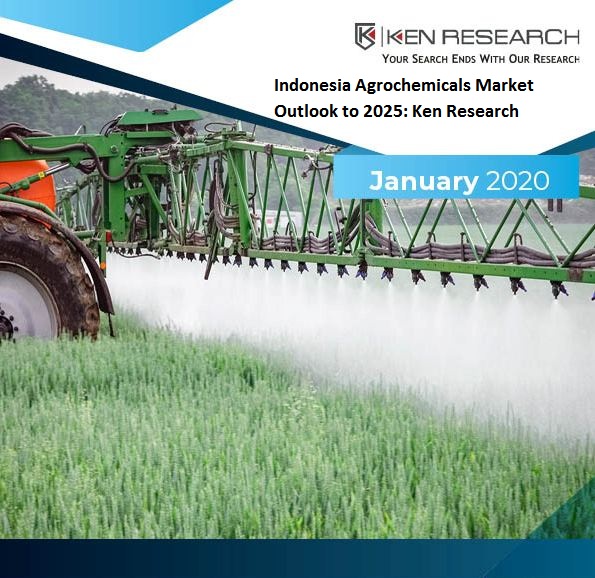Growing food demand has promoted agrochemical-based institutions to upgrade their product and switch to greener alternatives by investing in research activities, says a report by Ken Research.
1. Trends and Developments to keep ahead in the US Agrochemical.

Other Challenges In US Agrochemical Market
Aggregate pesticide use has a direct impact on planted acreage. Acreage planted reflects farm policy and economic factors that influence crop demand. Changes in acreage under diversion programs and the Conservation Reserve Program (CRP) influenced the acreage in crop production and pesticide use.
Huge investments towards development of new varieties of herbicides – effective and eco-friendly. Shift in consumer preference toward fruits and green vegetables propelled by increasing awareness with respect to health and fitness thus, driving demand within agricultural applications.
Increasing use of IPM practices by US farmers, including crop rotations, mixing or alternating pesticides to reduce development of pest resistance to pesticides. Biological monitoring of pests to better understand population densities and phenological development. Improved and more accurate spray technologies.
2. What are the constraints that exist in the US Agrochemical Market.

Interested to Know More about this Report, Request For The Sample Report
Governed by many national and international laws, which are increasing the cost of developing new agrochemical products. Companies need to submit technical grade registrations with the full dossier.
Farmers use agrochemicals including insecticides, herbicides, fungicides, and seed treatment to augment their agricultural output. The use of certain agrochemicals has been linked with environmental and ecological damages.
Developing a typical agrochemical molecule takes an average time of nine years with average spending of $ 180 Mn. Newer innovations and entry of unorganized players is leading to stiff competition in the market. Manufacturers in the agrochemical industry are struggling to cope with such high R&D costs in order to differentiate themselves.
3. Insecticides Segment Dominated in the US Agrochemicals Market.

Visit This link :- Request For Custom Report
Insecticides show growth largely due to slight increase in acreage for insecticide-heavy crops such as fruits and vegetables. Limited growth by the continued adoption of integrated pest management techniques, as farmers tend to turn to insecticides as a last resort. Expected to continue the trend toward lower doses of more potent active ingredients, as consumers continue to express concern over the safety.
Substantial research into new insecticide types, including Neonicotinoids and Pyrethroids gaining traction in the US. Many of the products are still patent-protected, and demand for these products is generally satisfied via domestic production.
Follow Us

